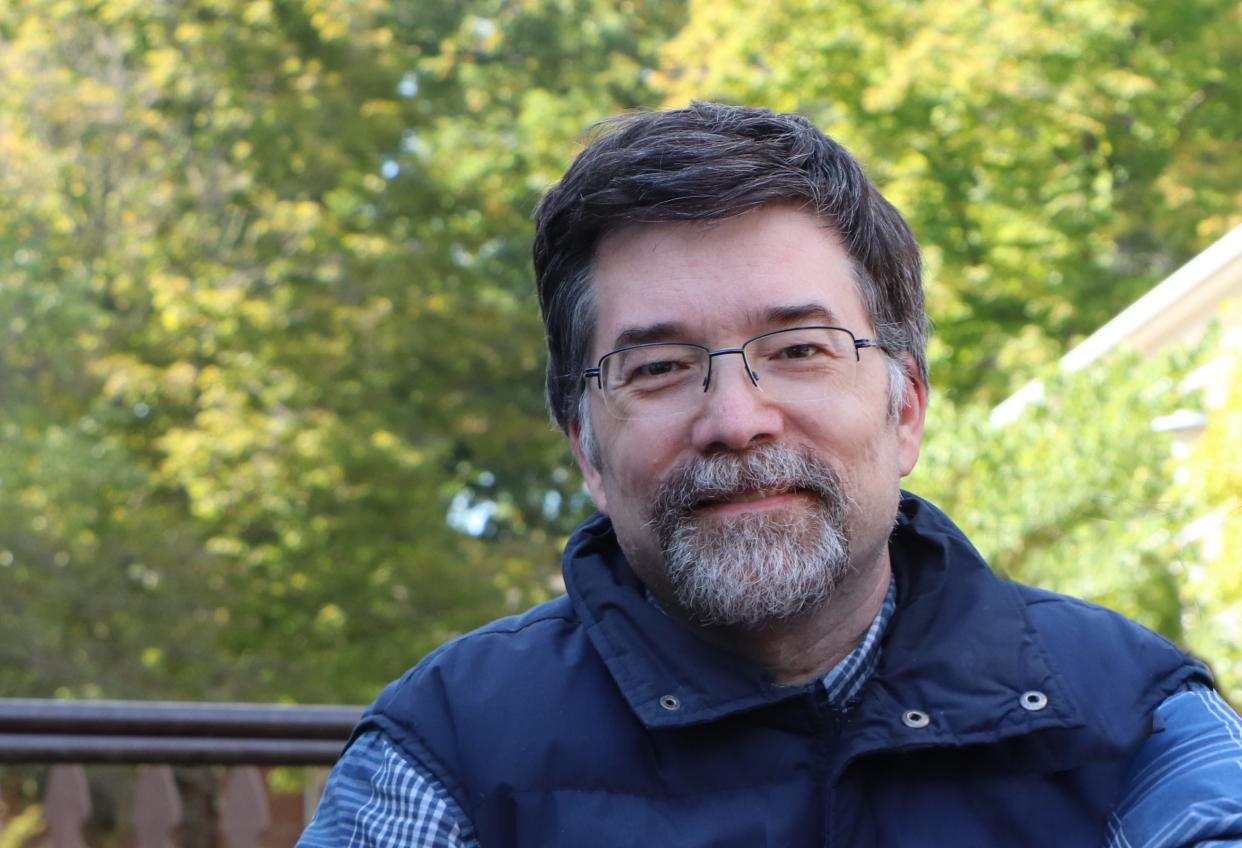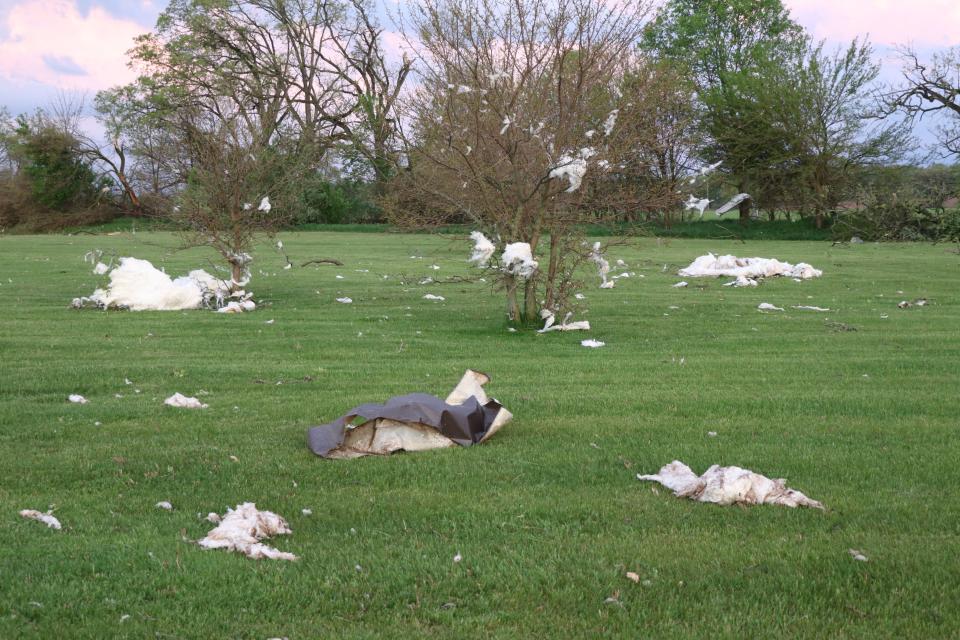Lenawee County history: Reaction to tornado shows need to learn history's lessons

I admitted a few weeks ago that, in years of research on the 1965 Palm Sunday tornado, I was a bit drained by the topic, which has been a popular request by the community for the past 25 years.
I was in need of a small reprieve from the matter, a year after my revised and expanded book on the tornado was released.
On May 7, my not thinking about the Palm Sunday tornado was cast aside when an EF-2 tornado came to our general neighborhood.

I had made note that the temperature and humidity that afternoon were the same as it was in 1965. Sure enough, in short order, a tornado watch had been issued for the area.
As soon as I got home, I noticed the air felt “weird” and the humidity increased perceptibly. I was tired, though, and after verifying with my family about the potential for severe weather, I wanted to lie down for a few moments to decompress from an active work day.
As soon as my head hit the pillow, my wife’s work phone set off an emergency alert tone. A moment later, our personal phones also went off, and the storm sirens in our community activated.
Rest time was over.
In less than 10 seconds, “go” bags in tow, my family was safely headed to shelter. I assessed what was going on, saw a “hook echo” indicating a tornado on the ground just north of us, and I put on my National Weather Service trained spotter hat.
My daughter was briefly distraught over the situation. She heard the eerie wail of the sirens, heard our smartphones send out alert tones, and our “get to the shelter NOW” order. It was the first tornado warning she is old enough to remember. Her first was when she was under 2 years old and she slept through most of that one. From my shelter spot in Rollin Township in 2019, I was able to see the funnel cloud as it passed and sent a photo of it to the National Weather Service. It was the only ground-based image of that particular incident, confirming the passing storm was more than just “radar-indicated rotation.”
I remain thankful of all the technology advances that give us warning of severe weather. On May 7, trees largely obscured my view of the tornado-producing storm that damaged or destroyed the buildings across the street from where my wife works. We knew at least three days in advance of the anticipated severe weather.
However, that day also showed me the step backward we as a society have taken when disaster looms.
As I was tracking the storm’s direction and preparing information to send to the National Weather Service, and with one eye on my path to shelter, entire families on our street came out onto their lawns, many with small children in tow. I heard one adult excitedly say they were hoping to see a tornado to post on their TikTok, while their preschool-aged kids ran around the yard, catching spinning maple seeds being blown from the trees and happily screaming in a way that mimicked the nearby tornado siren sounds.
Don’t get me wrong. The advancement of social media has enabled us to record and share information that is beneficial to research and education. I can’t say what all those people were thinking, or if they were. Our general community was dangerously close to a destructive tornado, and the unfolding event was treated as a spontaneous block party. As soon as the sirens stopped and the storms passed, everyone went back inside, seemingly disappointed they didn’t get to see any destruction firsthand.
Thankfully, there were very few injuries in the community near us that experienced the tornado head-on. We inspected the debris area steps from where my wife parks for work, taking in the scope of damage I’ve only seen in old photos from 1965.
In the end, more education appears to be needed on how to safely respond to the high potential for disaster, lest history repeats itself.
Dan Cherry is a Lenawee County historian.
This article originally appeared on The Daily Telegram: Lenawee history: Reaction to tornado and history's lessons

